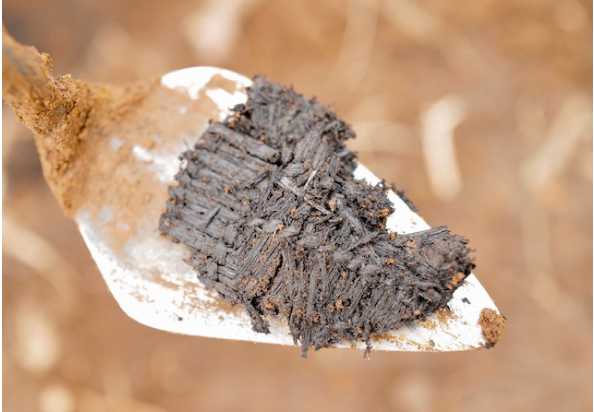 PiRaq; Alliqaruaq – Grass Mat
PiRaq; Alliqaruaq – Grass Mat
PiRani qawartaartua. – I (habitually) sleep on a grass mat.
If you were to enter a typical Alutiiq household of the seventeenth century, fine weaving would surround you. Woven mats would lie on sleeping benches, cover the walls, and hang in doorways. Woven containers for collecting, storing, and cooking food would surround a central fireplace. People would wear woven socks, mitts, and caps. A mother would hold her baby in a woven carrier. And in the rafters would lie woven tools: nets for fishing and birding and lines for harpoons and boats.
Large mats were perhaps the most impressive of these weavings. Grass mats served as bedding, door and wall coverings, household partitions, kneeling pads for kayaks, and wrapping for the dead. They were woven from dried and bleached beach rye grass and many were embroidered with designs made of colored grasses or adorned with fabric, gut, or decorative attachments. This attention to beauty in an everyday object reflected a reverence for the plants that provided the weaving material.
Large mats took a great deal of time to make. Anthropologist Lydia Black reports that Aleutian Island weavers might spend a year creating one mat six feet long by four feet wide. Weavers stopped making these large, labor-intensive pieces in the late nineteenth century. Instead they focused on producing smaller baskets, which were highly prized by westerners and could be used as currency.
Source: Alutiiq Museum [xyz-ihs snippet=”Adsense-responsive”]








